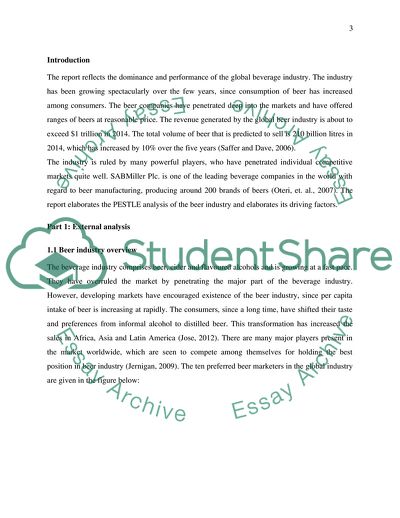Cite this document
(SAB MILLER Company Essay Example | Topics and Well Written Essays - 2000 words, n.d.)
SAB MILLER Company Essay Example | Topics and Well Written Essays - 2000 words. https://studentshare.org/finance-accounting/1810017-sab-miller-company
SAB MILLER Company Essay Example | Topics and Well Written Essays - 2000 words. https://studentshare.org/finance-accounting/1810017-sab-miller-company
(SAB MILLER Company Essay Example | Topics and Well Written Essays - 2000 Words)
SAB MILLER Company Essay Example | Topics and Well Written Essays - 2000 Words. https://studentshare.org/finance-accounting/1810017-sab-miller-company.
SAB MILLER Company Essay Example | Topics and Well Written Essays - 2000 Words. https://studentshare.org/finance-accounting/1810017-sab-miller-company.
“SAB MILLER Company Essay Example | Topics and Well Written Essays - 2000 Words”. https://studentshare.org/finance-accounting/1810017-sab-miller-company.


